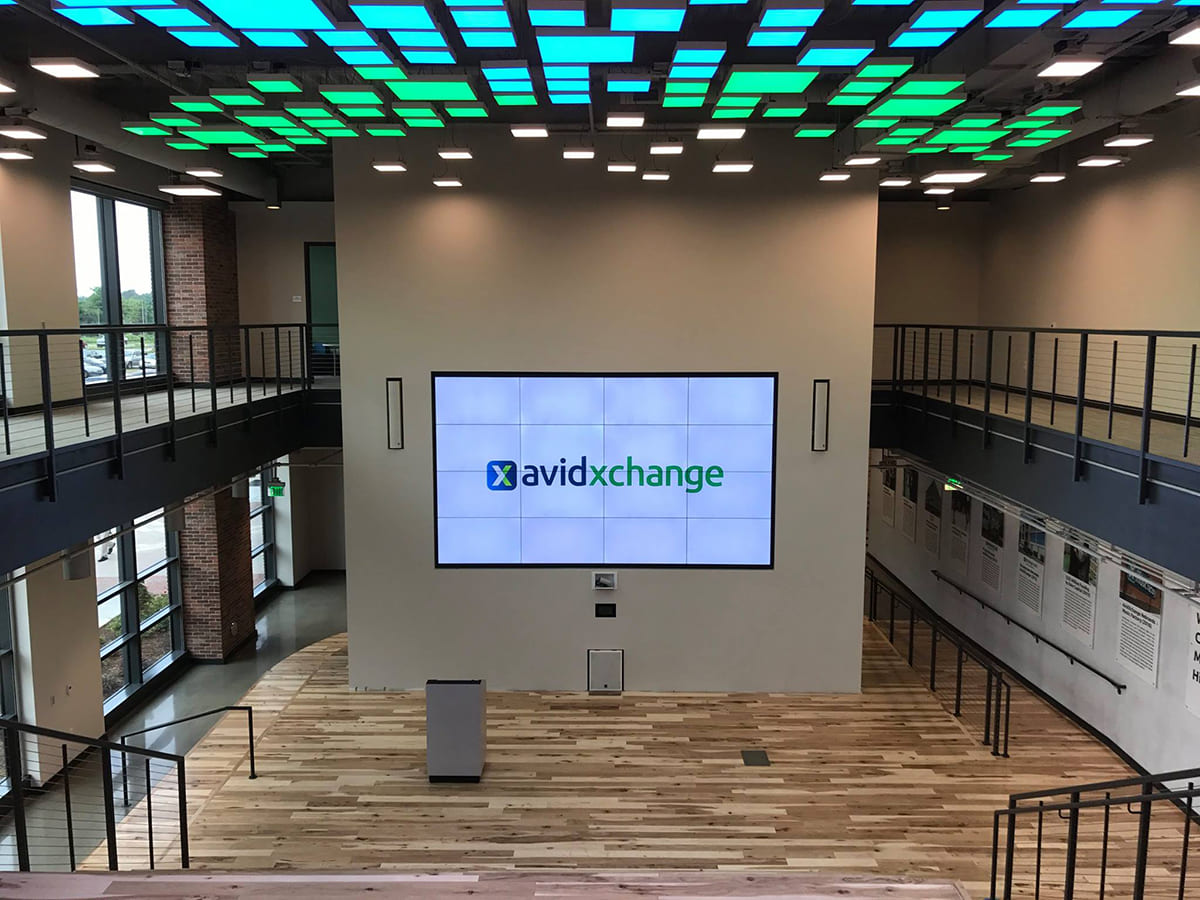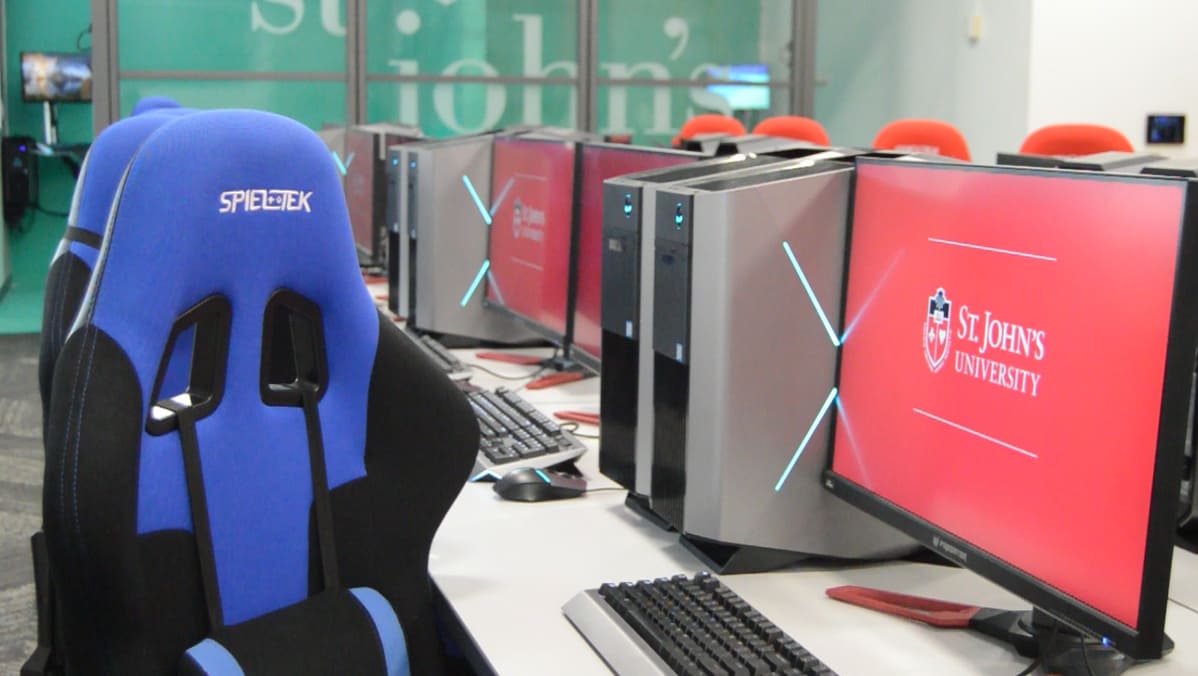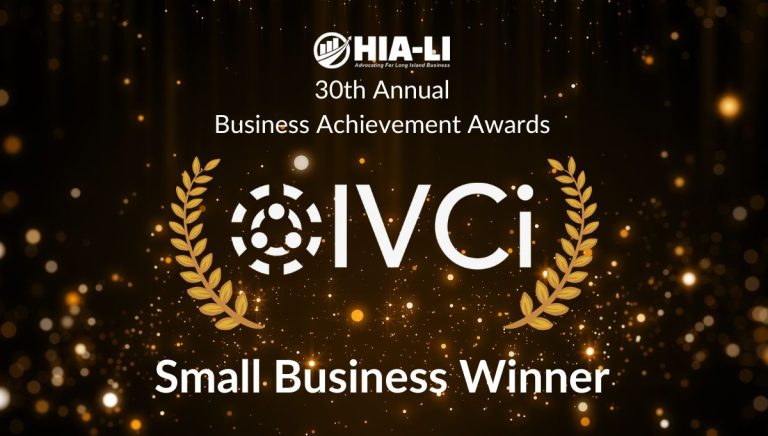Mission: To increase the number of clubhouses across the globe following the Fountain House model by using technology for video conferencing and collaboration to provide support and training.
Vertical:
Community-Based Organization for adults living with serious mental illness
Location:
- 425 West 47th Street, New York, NY
- 326 Clubhouses Worldwide—approximately 50% in the US, 50% located internationally (with a concentration in European countries)
Project:
- 17 Cisco SX10 codecs installed in the US and internationally; this number continues to grow as new clubhouses join the movement
- 1 Cisco DX80 codec at the Fountain House in NYC
- 1 Cisco TelePresence MX700 at the Fountain House in NYC
- Cloud Video Experience (CVE) for virtual meetings rooms, registration and security at all locations
- Cisco WebEx at all locations
Challenges:
- Improve the success of clubhouses and reduce the number of closings.
- Develop a method of delivering cost-effective training and support to all locations.
- Ensure the successful adoption of technology by Fountain House staff and members.
- Guarantee knowledge retention after IVCi completed its training.
- Provide assistance to all of the affiliates during installation.
- Overcome language barriers so clubhouse staff and members all over the world can be trained.
Solutions:
- The Learning Exchange supports new clubhouses using video conferencing.
- IVCi trained staff and members (and recorded videos) on how to install SX10’s, configure CVE, and use WebEx.
- On-going virtual support provided by IVCi using Live Video Assist.
- Provided printed and laminated Quick Reference Guides to be kept with equipment.
Results:
- The number of successful clubhouses is steadily increasing.
- More adults living with mental illness have access to quality clubhouse programs.
- A strong IVCi-Fountain House relationship enables the Learning Exchange to continually grow and new services to be added.
- The Fountain House model reaches more people suffering from mental illness and ultimately improves both the quality and, hopefully, the longevity of their lives.
When Fountain House, a community-based organization dedicated to the recovery of men and women with serious mental illness, determined that education was the best way to support the expansion of the clubhouse movement across the globe, they relied on IVCi, a leading provider of collaboration solutions to deliver the video conferencing needed to share their proven methods with other programs that follow its model of mental health recovery. To support the success of Fountain House model programs worldwide, the Learning Exchange was launched to overcome the geographical limitations of providing on-site training by building a technology infrastructure for delivering anytime, anywhere training and support for clubhouses. As a result, Fountain House is now closer to achieving its ultimate goal: to enable all adults living with mental illness the ability to gain confidence and control of their lives by connecting them with access to a quality clubhouse, regardless of where they live.
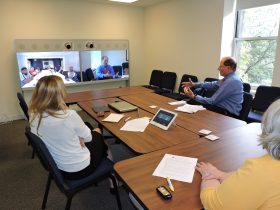
The Challenges
Over the past 40 years, hundreds of programs around the world modelled after Fountain House have opened their doors. While some programs see great success, many struggle and close, while others continue to operate, but provide subpar services. This disheartening cycle has resulted in a virtual halt to the growth of the movement. More support for the nascent clubs was needed to break this pattern if Fountain House was to achieve its ultimate goal. Also, in the past, training was only provided on-site in a handful of locations and generally in English only formats, so travel expenses and language barriers kept many distant affiliate clubs from attending. It became apparent that to achieve their expansion objectives Fountain House would need to develop a cost-effective method of delivering on-going support regardless of geographic location and home language.
After deciding that video conferencing would be used to overcome these limitations, adoption of the technology by members and staff presented a challenge. Since many of them were new to collaboration, they had to get comfortable with how to set-up and use the equipment to maximize the benefits of using their solution. Typical of every new installation, knowledge retention was another issue. If the technology wasn’t used every day, the training would be forgotten, or if there was a change of staff or new members, they would need to learn how to use it, too. Also, since the staff and members at the affiliates had very little IT expertise, the amount of assistance needed to support the entire network of clubhouses was yet another obstacle. Then, there were language barriers when trying to support the international clubhouses.
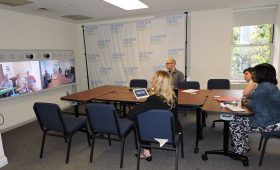
The Solutions
When Fountain House became a recipient of the 2014 Conrad N. Hilton Humanitarian Prize, they now had the means needed to make modifications to support the growth of their movement. This generous grant is awarded to organizations judged to have made an extraordinary contribution towards alleviating human suffering; Fountain House was chosen for its outstanding work with the mentally ill not just at its program on 47th street, but worldwide. Therefore, it was decided to direct funds from the grant toward building the Learning Exchange—a new educational network utilizing video conferencing to connect clubhouses.
“Fountain House determined the award should be for the greater movement,” said Lisa Kessler, Training Coordinator, Fountain House. “Alan Doyle, EdD, the Director of the Center for Leadership and Education, is a true visionary. He identified that education was the only way we could successfully support more clubhouses worldwide. Then, after lots of discussion, we decided to engage IVCi to provide the collaboration solutions needed to deliver training and ultimately create more great clubhouses throughout the world.”
The Learning Exchange
By partnering with IVCi to create the Learning Exchange an infrastructure was created for Fountain House to support new clubhouses utilizing educational interventions. But, that’s not all. It also enabled Fountain House to partner with other successful, established clubs to “give back” to the cause by providing regional training to other less established or struggling programs in their own state or country. Using technology to decentralize support, IVCi built a scalable model for delivering education, enhancing the broad expansion of the Fountain House model. Now, the program has the ability to grow exponentially.
The Learning Exchange is built on a worldwide network of video conferencing units. IVCi chose the following core technology for each of the Fountain House affiliates: a Cisco® SX10 codec, Cloud Video Experience (CVE), and Cisco WebEx®. This solution ensures a positive experience every time. By using the SX10 video endpoint with WebEx, clubhouses are guaranteed to have high quality audio and video on each call. Also, with CVE, a collaboration service with a quality global network, calls are secure and the network connection is always optimal. Consistency in the user experience across all club locations, an easy-to-use interface for calling and sharing content, and the ability to connect with anyone were key factors in selecting this solution.
Communities apply to Fountain House to participate in the program. They must define their project and commit to supporting the growth of the movement. Upon acceptance, Fountain House provides the hardware (a Cisco SX10 codec) and the software (CVE and Cisco WebEx) for the first year. Participants can apply annually for continued financial support or can take over the ongoing costs (CVE and maintenance) themselves. Fountain House also acts as the point person for technical assistance between participant clubhouses and IVCi.
Training and Adoption
IVCi installed the first solution in the Bronx at a sister clubhouse; members and staff were trained on how to activate and connect the SX10 and configure CVE. A second training was provided on how to use Cisco WebEx. In this session, Fountain House staff and members learned how to schedule, join meetings from various devices, record meetings, make annotations, and share content.
“The goal of IVCi’s training was to make sure Fountain House got maximum value from its investment by ensuring they used the technology to its fullest extent,” said Evan Stein, Sales Engineer, IVCi. “IVCi was very flexible with training and assisting with installations and remote activations. Although the sessions were originally intended for 4-5 attendees, about 25 actually came. The rooms were bursting with enthusiasm and there were lots of really lively and interactive discussions.”
For knowledge retention, training videos were also provided by IVCi, so if a refresher is required or someone is new to the organization, they can view recordings on installing an SX10 or using WebEx. To enable IVCi to provide assistance at any time, Live Video Assist (LVA) is always available to staff and members at Fountain House and any of the clubhouses. With a single click from an App, they can have an interactive video session with an IVCi Help Desk technician and get whatever help they need. Also printed and laminated Quick Reference Guides were provided by IVCi and kept with the video conferencing equipment.
“To guarantee adoption, IVCi took the time to make sure staff and members at Fountain House and its affiliates were comfortable with the technology we provided,” said Tom Pisarczyk, IVCi’s Project Manager. “Now, they are able to install and train their own staff on using WebEx and CVE. We also left behind handouts to keep with the equipment to make sure anyone entering the room had immediate access to helpful instructions.”
With the growth of the movement occurring around the world, many non-English speaking staff and members from international affiliates are challenged with getting the training and support they need directly from Fountain House. The technology infrastructure built by IVCi addresses this also. By using video conferencing to tap into the large, growing network of clubhouses, it is often possible to partner a thriving club with a struggling one. “We had a new affiliate club in Poland with non-English speaking members and staff that Fountain House just couldn’t help alone,” said Kinga Jedrzejczak, Partnership Coordinator, Fountain House. “So, using the Learning Exchange, we were able to connect them with Polish speakers from a successful clubhouse in Stockholm, Sweden.” This proves the program is working. The movement now has the ability to rapidly expand because technology is in place to overcome communication problems imposed by language barriers and training issues constrained by physical locations.
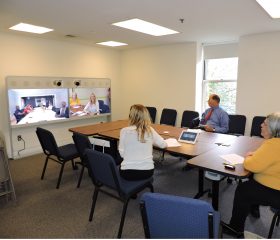
The Results
According to the World Health Organization (WHO), people living with serious mental illness have a life expectancy that’s 10-20 years shorter than average.1 Fountain House has teamed up with WHO to put an end to this disparity. With the Learning Exchange, video conferencing technology is now used to dramatically improve the number of affiliate clubs supported worldwide, so the Fountain House model can reach more people in need, and ultimately improve the quality and, hopefully, the longevity of their lives. Since the launch of the Learning Exchange, more and more adults all over the world living with mental illness have access to quality clubhouse programs. As this number steadily increases, Fountain House is well on its way to achieving its ultimate goal: to provide every adult living with mental illness more confidence and control of their lives by connecting them with quality clubhouses.
“Everyone looks at Fountain House as the mothership of the movement,” said Lisa Kessler, Training Coordinator, Fountain House. “When they think clubhouse, they think Fountain House. We have become the brand for mental health rehabilitation based on a therapy of community and meaningful work.”
IVCi is proud to partner with Fountain House to provide the Learning Exchange—a very unique application of technology to help alleviate human suffering—and will continue to work with them to grow their technology path and services so men and women suffering from mental illness everywhere can have a better life.
Fountain House History & Model
Fountain House has a grassroots history. In the late 1940’s when Rockland State Hospital was closed, six patients that met regularly in the hospital club room decided to continue doing so after they relocated to different shelters across New York City. They formed WANA (We Are Not Alone) to avoid social isolation, a central problem for those with mental illness. In 1948, with help from supporters, they started the first clubhouse; the fountain that adorned the garden became their symbol for hope and inspired their name—Fountain House. So from its beginning, building supportive relationships has been the core of the Fountain House recovery model.
The therapy is community and meaningful work. Fountain House, and other clubhouses modeled after it, offers members a place to contribute their skills, so they gain confidence and control of their lives. “The need to be needed is fundamental to the recovery of our members,” said Lisa Kessler, Training Coordinator, Fountain House. “Fountain House is purposely understaffed, so members are expected to do meaningful work they choose to keep the club running. By feeling useful and valued they become empowered.”
1 Longer, Healthier Lives: Ending Early Mortality Among People With Serious Mental Illness, Fountain House

